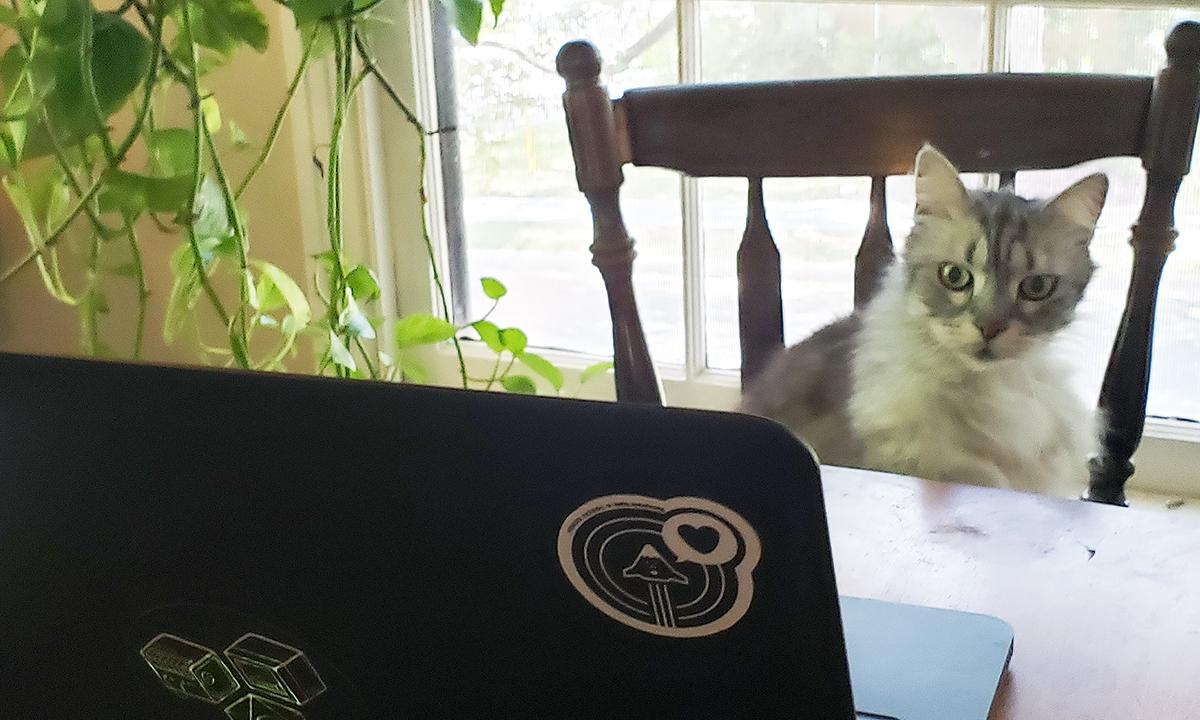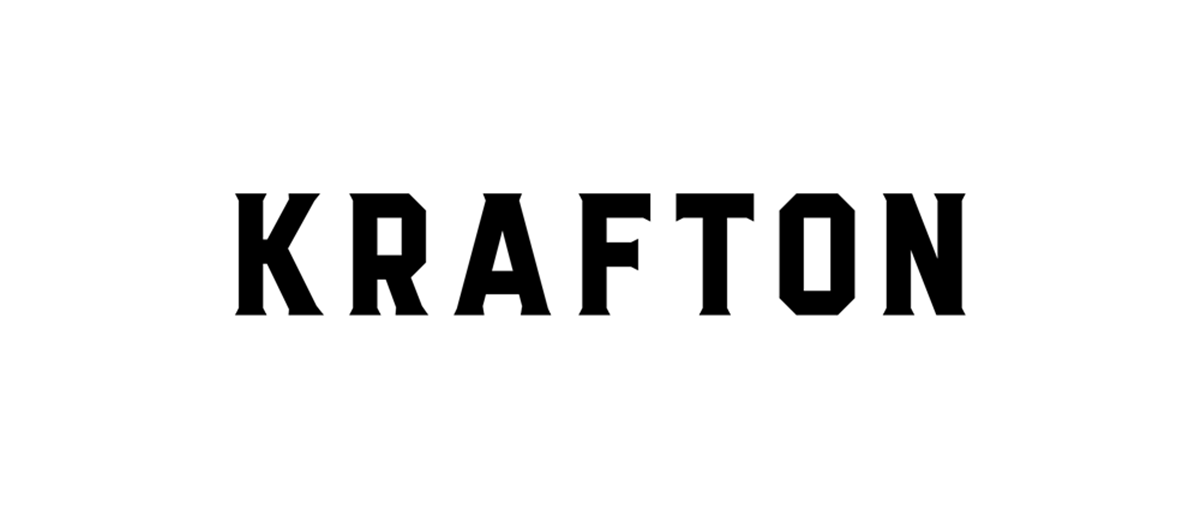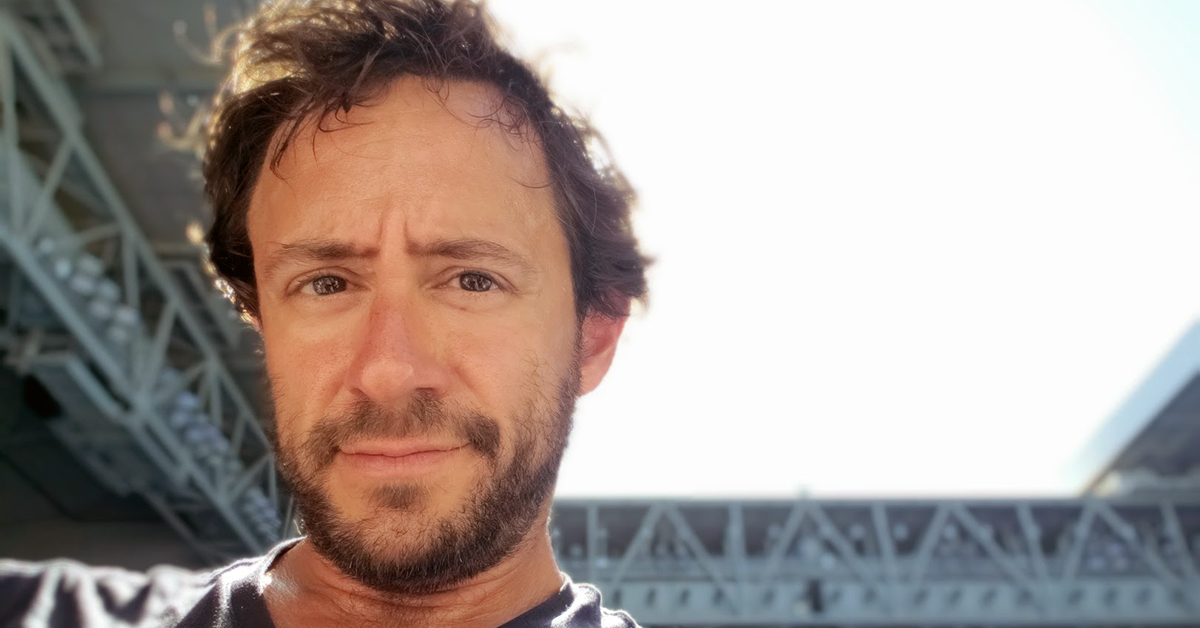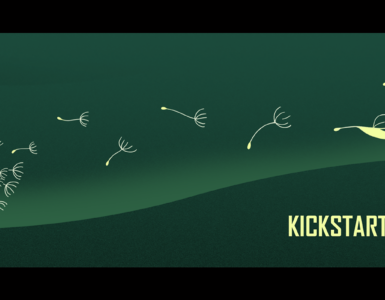An interview of Unknown Worlds Subnautica: Below Zero Project Lead David Kalina
Game developers have a potentially infinite number of ways to make and deliver unique gaming experiences. David Kalina, who led the “Subnautica: Below Zero” project and now is working on a new game development project at Unknown Worlds, believes one must be able to take inspiration from the surrounding world, not just the world of video games. To learn more about his experiences as AI programmer, mobile game developer and the leader of a dev team distributed around the world, keep reading.

Hi! Could you introduce yourself for our readers?
Hello! My name is David Kalina. Originally from New York, I currently live in Austin Texas with my girlfriend Molly, her boys Oscar and Miles, and a 15-year-old Siberian forest cat named Bagel.
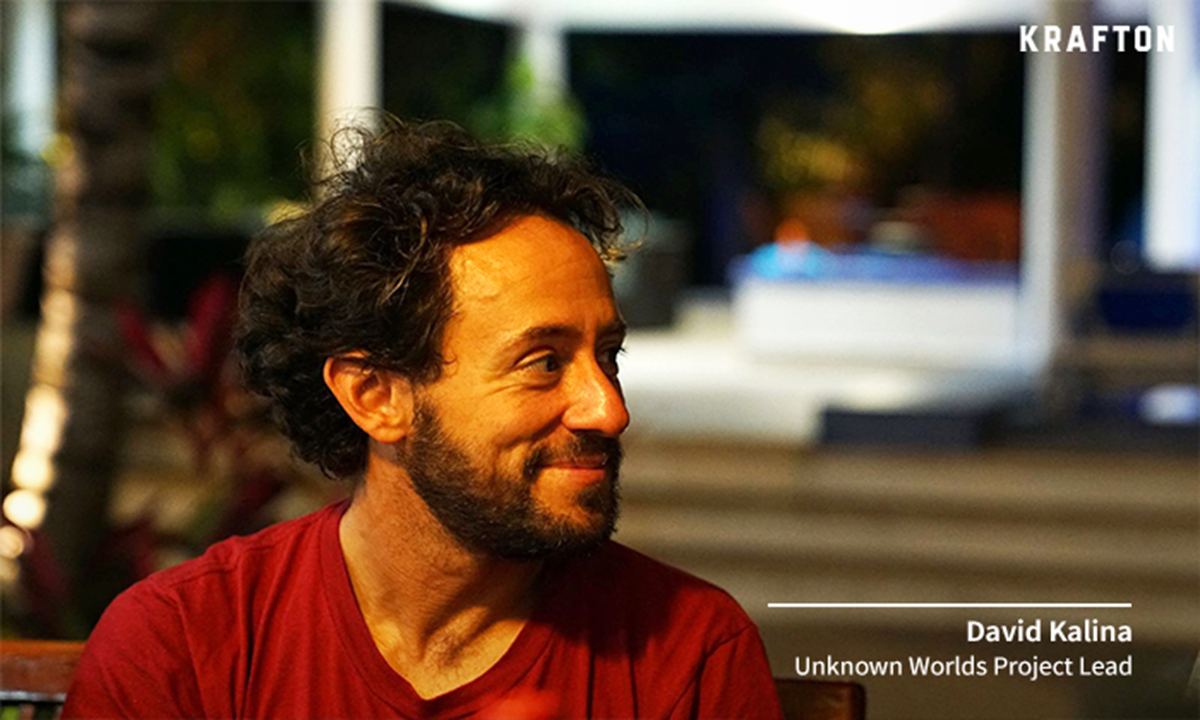
What are your roles and responsibilities at Unknown Worlds?
I’m the project lead on a new game at Unknown Worlds, after performing the same role on “Subnautica: Below Zero.” Currently I’m focused on establishing the project vision with the rest of team leadership and building the team. We’re just starting to dig into new design prototypes, which are exciting!
During the course of development, I try to help steer the project by setting clear priorities and objectives and working with all departments to solve problems collaboratively – with the ultimate goal of shipping something wonderful for our fans to enjoy!
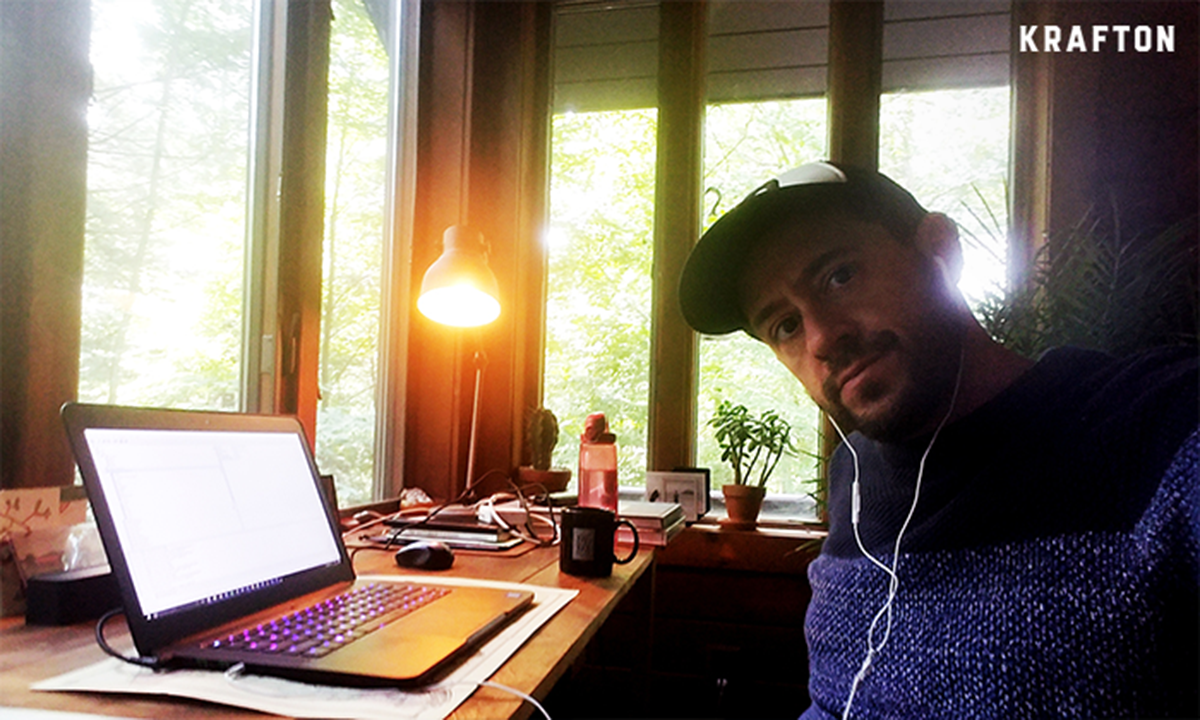
What was the first game that made you passionate about making games?
The first games that got me interested in seriously making games were probably Richard Garriott’s “Ultima” series (primarily IV through VII). Garriott typically put himself in the game – as character “Lord British” – and that particular creative flourish almost certainly was how I realized that real people actually built these amazing worlds and experiences. I remember writing a letter to Lord British when I was in middle school, asking for a job, though I’m not sure it ever actually got sent!
Tell us more about your experiences as an AI programmer and as a mobile game developer.
I got my start in the industry at UbiSoft – first in New York City and then in Montreal. I was fortunate to be one of the first programmers on the game that turned into the original “Tom Clancy’s Splinter Cell,” and mostly followed my passion into a focus on artificial intelligence (AI) development. From there, I moved to Austin in order to work at Ion Storm on the AI for “Deus Ex: Invisible War” and “Thief: Deadly Shadows.”
For the first decade of my career, I was very much engaged in the process of architecting AI – designing and building these complex systems that had to solve a wide range of problems in support of a game’s design. AI was exciting because of how central it was to all these projects; in all of those games, the player’s experience is tightly connected to how the world’s characters behave and respond to player actions. AI also got me working with people across many disciplines – designers, writers, animators, and sound designers – and I’ve always loved the collaborative aspect of working in games.
After a few years at Midway Studios Austin, my old Ion Storm colleague and friend Randy Smith invited me to start an iPhone game company with him – this was in 2009, the “wild west / gold rush” period of mobile development. Randy and I managed to build Tiger Style – a scrappy, non-traditional independent game company as a lifestyle business, working with friends and people we admired inside and out of the industry. We set out to make imaginative non-violent action-adventure games with innovative touch screen mechanics and we managed to find modest success with our games “Spider: The Secret of Bryce Manor” and “Waking Mars” before wrapping up the business in 2016. Making these games – and running a small business – was an incredible learning experience. After years specializing as an AI programmer, I suddenly got to stretch out and play a ton of different roles – from product and business development to writing a game engine and editor tools to 2D animation and marketing. It was a special (and stressful!) experience that I’ll probably never repeat!
When and how did you join Unknown Worlds?
After Tiger Style wrapped up, I spent a year or so taking contract programming jobs, waiting for the right opportunity to present itself. I was on a game industry mailing list that advertised a short-term programming contract position on the first “Subnautica” back in early 2017. I thought I’d just help with performance optimization for a few months before finding something else… but after meeting the team at my first retreat (right after Subnautica hit 1.0) I realized I was in a great place and decided to stick around for a bit.
What was your first impression on Subnautica?
I wasn’t playing a lot of PC games when I first joined the Subnautica team, but I was definitely attracted to Subnautica as an imaginative, non-violent sci-fi adventure – it reminded me of Waking Mars, but on a much more ambitious scale. I also thought it was exciting to join a team that was working on a popular Early Access game; working on an open dev project was a totally new experience for me.
To be honest, I wasn’t terribly interested in recipe-based crafting gameplay and had trouble finding my way into the game the first couple of times I played! Regardless of the playthrough of the original Subnautica (“research” for starting the new project), I’m still in awe of the atmosphere and the sense of grand adventure.

What do you think about the experiences that the Subnautica series offers?
I dream of visiting new worlds, exploring intricate alien ecosystems and lost civilizations. I don’t think I’ll ever get tired of the fantasy of making contact with intelligent life. I also dream about going on these adventures with friends. Getting lost, together.

Is there any special memory or episode of you and your colleagues facing a difficulty and overcoming it while working on Below Zero?
One of the big challenges we faced as a team during Below Zero was adapting to our change in narrative direction. From the beginning, we made the decision to make a more “story-forward” Subnautica – with a voiced protagonist “Robin,” and other interactive, speaking characters “AL-AN” and “Marguerit.” As a team that practices open development in Early Access, we got quite a bit of vocal, early feedback that indicated our fans weren’t happy with the direction we were going, and we ultimately made the decision to reboot the story halfway through development. We wanted to keep our main characters and key story locations that we had invested in, but needed to structurally re-do almost everything else about the story. Fans felt the player wasn’t “alone enough” and that the experience was generally too linear.
So we changed Robin’s story. We wanted to make sure our lead character had a real, personal motivation to be on the planet without support – we needed to recreate the survival imperative, even though Robin wasn’t a classic “shipwrecked” survivor in the way Ryley was in the first game. We decided that Robin’s sister “Sam” had died on a previous mission to the planet, and that Robin arrived on 4546B at great personal risk.
We opened up the structure of the game, as well. After you download the Architect alien AL-AN into your brain, he provides directional hints, but the entire world – and its narrative threads – are open for you to explore in whatever order you like.
It took a major effort from many team players to support the change in direction – we brought in a new narrative designer and new writers. The changes we decided to make needed to be supported across almost the entire team – from animation and programming to level design and art. It was also a serious personal challenge in my new role; directing a game can feel relatively easy when everybody is pulling in the same direction, but to convince the team that a risky change is necessary and get everybody to participate takes a lot of coordination and clear communication.
In the end, I’m super proud that we were able to follow through on our vision for creating a more story-forward Subnautica, with a personal, emotional storyline at its core. And I’m grateful to the team for putting in the effort and managing to make it work in a way that our fans appreciate.
What do you think is the most important part in making and delivering a unique gaming experience for the players?
I think it’s crucially important to be able to take inspiration from the world around you – and not just the world of video games. To make something truly unique, you must be willing to see past the latest gameplay trend and find your own perspective.
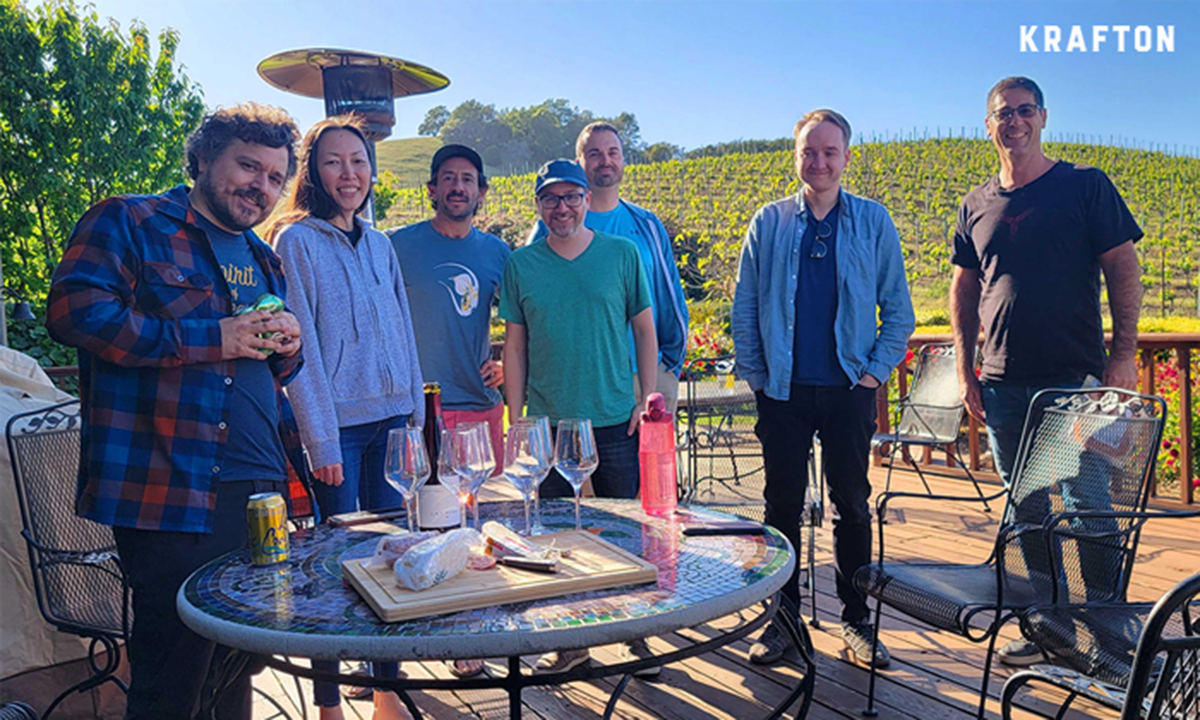
As many already know, Unknown Words is adopting a fully distributed company. What was your secret in building up a good team chemistry and maintaining close teamwork among the developers?
I strongly believe that successful distributed work can only happen in an environment that is creatively open (good ideas can come from anywhere) and where the team cultivates habits of sharing alongside proactive communication. The Below Zero team was distributed over something like eight time zones! For a team to function at that distance, people have to be able to feel connected and find the information they need, even if they’re not online with anybody else!
Sometimes putting this into practice is relatively simple – like recording (almost) all our meetings and sharing them for anyone to see, but it gets harder as teams get bigger and projects more complex.
For building chemistry, retreats have historically been an essential component. Typically, we fly everybody in the company somewhere exciting to meet up in person and spend time with one another away from the computer, every 9 months or so – but due to COVID19, we haven’t been able to do this in over 3 years! We’re looking at restarting this tradition later this summer, and I can’t wait to see everybody again – and to meet all the new faces!

What kind people do you want to work with in the future?
Curious collaborators with consciousness-expanding perspectives.

Outside work, what do you do to refresh yourself?
I’ve taken up running in the past few years and was completely shocked to discover that I love it. Moving my body, listening to music, and being in nature has been amazingly positive for my physical and mental well-being.
As a side project, I spend some time working on a tennis podcast with a couple of Australian friends (The Tennis Tragic) – which “requires” that I watch plenty of pro tennis, on television and in person. I also enjoy cooking/baking, reading modern fiction and sci-fi/fantasy, and throwing an occasional karaoke party.
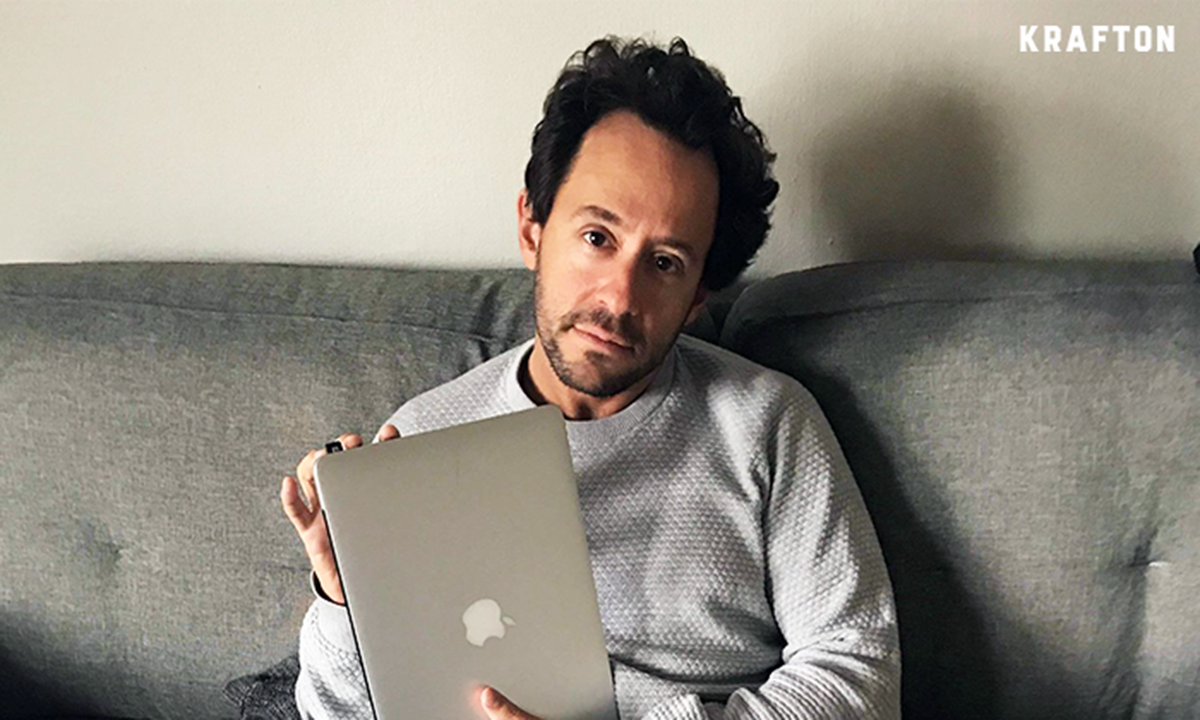
Is there any kind of game that you want to challenge in the future?
I’ve long dreamed of building non-traditional sports games that are more like life sims than action games. In my mind, sports – played by real people – are the ultimate emergent storytelling machine. I want to capture the drama that emerges naturally from sport (tennis, of course) – the personalities and relationships and rivalries and heartbreak and controversies that make sport compelling to watch, but in a simulation. I feel like the majority of modern sports games are just power fantasies that let players pretend to be great at the mechanics of sport. What if instead they were about the drama and the stories that emerge around the game?
Last question. What’s your personal goal as a game developer?
Mostly, I just want to make beautiful experiences that enrich peoples’ lives alongside other brilliant, inspiring developers… and I want to make them in an environment that is healthy, collaborative, and creatively open. Basically: what I’m doing now!
